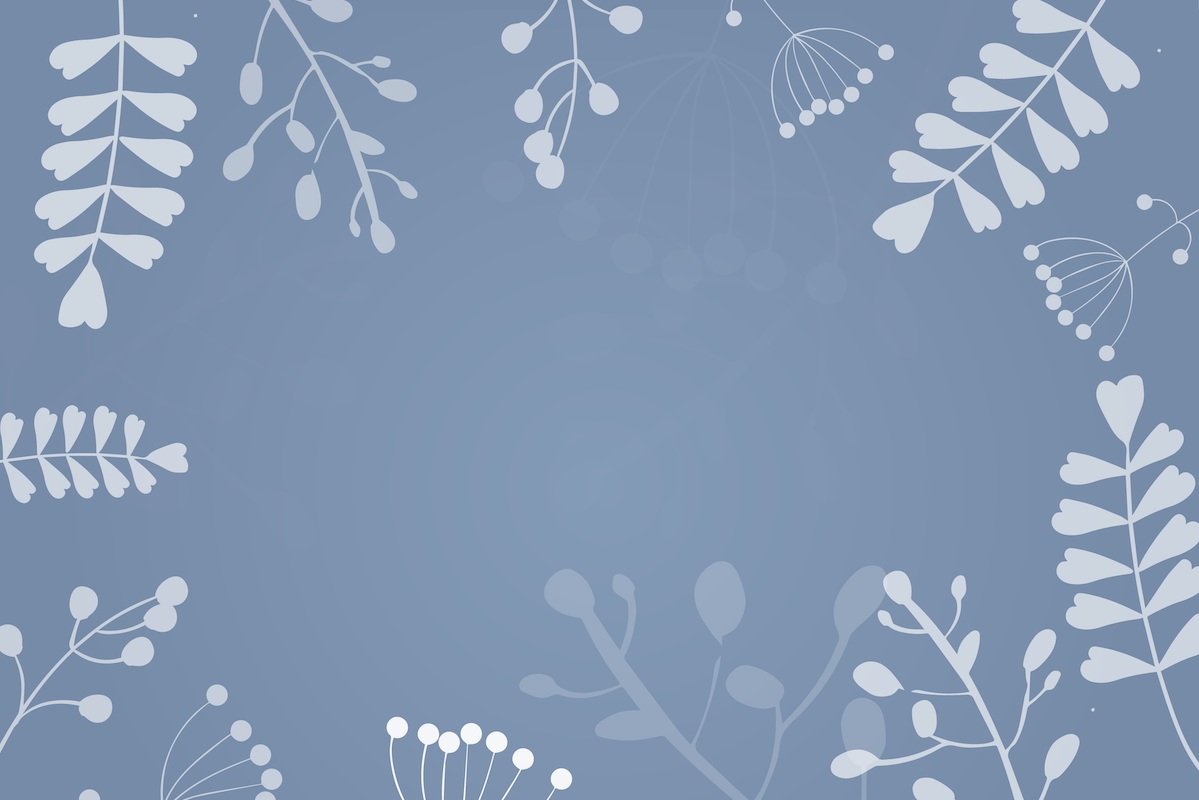Ikebana as Contemporary Art

Good morning.
Thank you for joining Wa Melbourne Ikebana Festival. It is always challenging to exhibit your work for a public exhibition. Each of your efforts has made this event a very special festival. In particular, we are pleased to welcome interstate and international exhibitors. Thank you very much.
We welcomed ceramic artists to join our festival for the first time this year, and we are so excited to see so many top quality works here. Your contribution has made Wa Melbourne Ikebana Festival so unique. Probably there is no other ikebana festivals like Wa. Thank you.
Ikebana has been one of the most popular leisure activities in Japan. However, the number of practitioners dropped significantly from 4.5 million in 1996 to 2 million in 2016. We lost half of ikebana population in 20 years. This is an alarming figure for many ikebana teachers and they are now trying many strategies to revive ikebana nationally and internationally.
Talking to many ikebana teachers, I noticed two important changes in their attitudes. First, many of them are promoting ikebana not just for themselves but for the future of ikebana, or for the next generation. Of course there is nothing wrong with doing ikebana for personal pleasure, for some recognition, and for the profits of your own ikebana school.
However, it may be time to shift our focus and to think about what ikebana is, what ikebana can do for this new world facing environmental challenges. I don’t have any easy answers for those questions. But I think that we can promote ikebana as a contemporary art form that can enhance environmental awareness and mental well being.
Secondly I noted that it has become quite easy to communicate with and befriend other ikebana teachers who share the same concern about the future of ikebana.
For instance, our online project, Hanadayori was instantly supported by international masters, well known Japanese ikebana artists and several artists from the Ukraine. These artists will be asked to create ikebana works based on requests we received from all over the world.
We are also excited to welcome Hiroki Ohara, headmaster of the Ohara School for our conference tomorrow. He is a true leader in the ikebana world today. The Ohara school is one of the three largest ikebana schools with hundreds of thousands of members world wide. Probably it would have been impossible to ask someone like him to help this small festival if it was 20 or 30 years ago. Please don’t miss it.
With the changing ikebana world, we hope we can help promote ikebana more in Australia through Wa Melbourne Ikebana Festival. Ikebana is not just a Japanese traditional art, but it has many contemporary elements.
I would like to thank all the exhibitors again.
And we are pleased to have special support from international artists including Hiroki Ohara, Hiroe Swen & Paul Grabowsky. We appreciate their understanding of our passion to show that ikebana is more than minor ethnic art form.
Last but not least I would like to express my gratitude to our team of volunteers. They are not just hard working. They’re really enjoining their work. There are 100’s of interactions among them using the What’s Up app everyday. We may be able to overcome many difficulties by working hard. But to do so joyously we need to have the will to enjoy and to care for others. We all know how hard it is to maintain such an attitude. If someone has impression that Wa is amazing, that is most likely due to our amazing volunteer team. I hope you will enjoy Wa Melbourne Ikebana Festival. Thank you.
Shoso Shimbo, PhD - Director of the Wa Melbourne Ikebana Festival 2022. Opening of Wa, Community Room, Abbotsford Convent, 10 September 2022.


